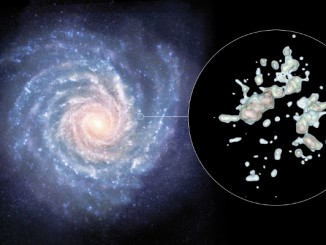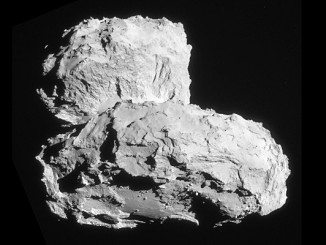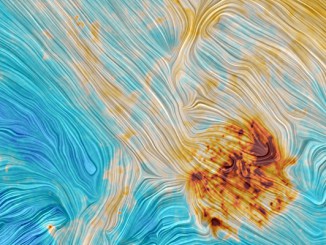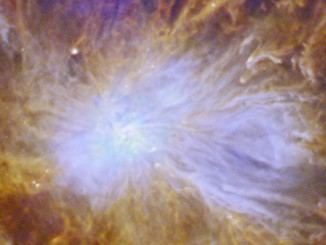
European Space Agency


Visualising the Sun’s neighbourhood in 3-D
Astronomers have used modern techniques to create a 3-D visualisation of all of the O- and B-type stars within 500 parsecs (1,630 light-years) of the Sun using data from ESA’s Hipparcos satellite. This new visualisation uncovers evidence for new structures in the distribution of these nearby hot stars, and new and surprising theories of how those stars formed.

Finding new worlds with a play of light and shadow
One method to discover planets beyond the solar system by far is transit photometry, which measures changes in a star’s brightness when a planet crosses in front of its star along our line of sight. NASA’s Kepler Space Telescope has used this technique to become the most successful planet-hunting spacecraft to date, with more than a thousand established discoveries. Satellites carrying improved technology for all-sky surveys are now planned, missions that will tell us a great deal about alien planetary systems similar to our own.

Happy Hour on Comet Lovejoy
Comet Lovejoy lived up to its name by releasing as much ethyl alcohol as in at least 500 bottles of wine every second as well as a type of sugar into space during its peak activity, according to new observations by an international team. The finding adds to the evidence that comets could have been a source of the complex organic molecules necessary for the emergence of life.

Rosetta’s first peek at comet 67P’s dark side
Since its arrival at comet 67P/Churyumov-Gerasimenko in August 2014, ESA’s Rosetta spacecraft has been surveying the surface and the environment of this curiously shaped body. Now that the comet is experiencing a brief, hot southern hemisphere summer, its south polar regions have emerged from almost five years of total darkness and it has been possible to observe them with other Rosetta instruments.

How Rosetta’s comet got its shape
The origin of of Comet 67P/Churyumov-Gerasimenko’s double-lobed form has been a key question since Rosetta first revealed its surprising shape in July 2014. By studying the layers of material seen all over the nucleus, scientists have shown that the shape arose from a low-speed collision between two fully fledged, separately formed comets.



The Magellanic Clouds and an interstellar filament
Portrayed in this image from ESA’s Planck satellite are the Large and Small Magellanic Clouds, dwarf galaxies that are among the nearest companions of our Milky Way. The Large Magellanic Cloud, about 160,000 light-years away, is the large red and orange blob close to the centre of the image. The Small Magellanic Cloud lies some 200,000 light-years from us.

Herschel sees feathery filaments in Mon R2
Fierce flashes of light ripple through delicate tendrils of gas in this new image, from ESA’s Herschel Space Observatory, which shows the dramatic heart of a large and dense cosmic cloud known as Mon R2 in the constellation Monoceros that lies eight degrees east of the Orion Nebula. Mon R2 lies some 2700 light-years away and is studded with hot, newly-formed stars.
